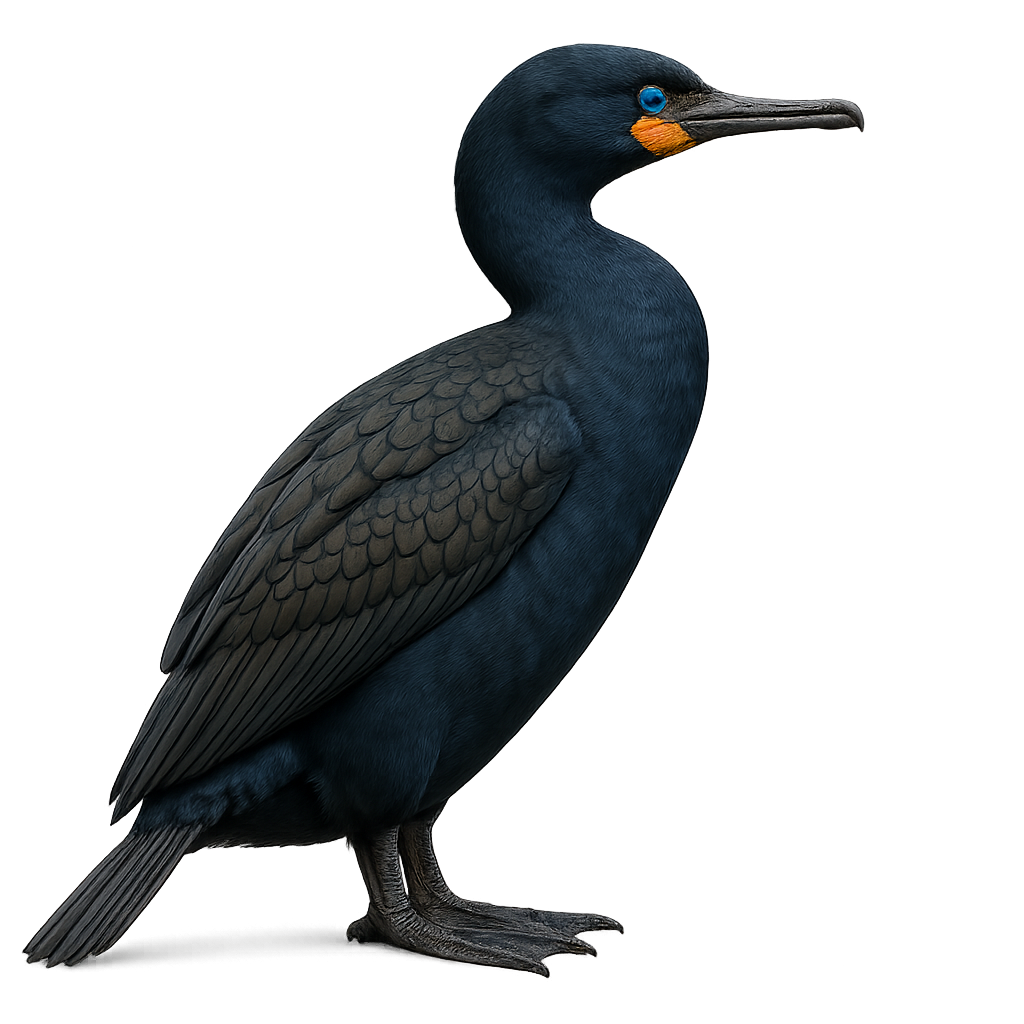Your wildlife photography guide.
Explore the cape cormorant in detail, study its behavior, prepare your shots.
Where to observe and photograph the cape cormorant in the wild
Learn where and when to spot the cape cormorant in the wild, how to identify the species based on distinctive features, and what natural environments it inhabits. The WildlifePhotographer app offers tailored photography tips that reflect the cape cormorant’s behavior, helping you capture better wildlife images. Explore the full species profile for key information including description, habitat, active periods, and approach techniques.
Cape Cormorant
Scientific name: Phalacrocorax capensis

IUCN Status: Near Threatened
Family: PHALACROCORACIDAE
Group: Birds
Sensitivity to human approach: Suspicious
Minimum approach distance: 10 m
Courtship display: October to December
Incubation: 28-30 jours
Hatchings: October to January
Habitat:
Rocky coasts, islands, estuaries
Activity period :
Primarily active during the day, with peak activity in the morning and late afternoon.
Identification and description:
The Cape Cormorant, or Phalacrocorax capensis, is a medium-sized seabird known for its glossy black plumage and striking turquoise eyes. It is primarily endemic to the South African coast, where it frequents coastal waters and rocky islands. This cormorant is an excellent diver, capable of descending several meters to catch fish and crustaceans. It nests in dense colonies, often on cliffs or islets, where it builds rudimentary nests with seaweed and debris. Although its flight is powerful and direct, it is often seen drying its wings in the sun after fishing.
Recommended lens:
400mm – adjust based on distance, desired framing (portrait or habitat), and approach conditions.
Photography tips:
To photograph the Cape Cormorant, aim for early morning or late afternoon to take advantage of soft lighting. Use a 400mm or longer telephoto lens to capture precise details without disturbing the bird. Look for spots where they dry their wings, often on rocks or perches. Be patient and discreet to observe their natural behavior. A tripod can be useful to stabilize your camera during extended shooting sessions.
The WildlifePhotographer App is coming soon!
Be the first to explore the best nature spots, track rutting seasons, log your observations, and observe more wildlife.
Already 1 430 wildlife lovers subscribed worldwide

